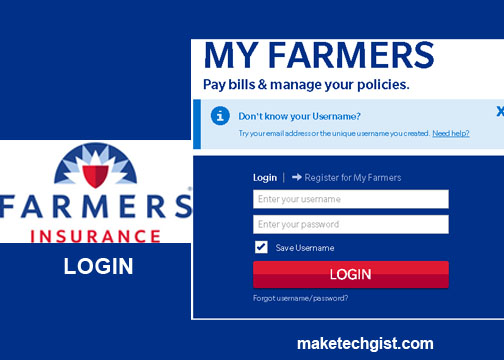A life insurance policy can be lengthy and complicated, with overly legalized details in small font. You may rely on your life insurance agent to guide you to pick a decent policy and explain things you may not notice. However, an agent may not cover all of the important details.

The objective of this article is to go over some common things you may not notice in your life insurance policy. Furthermore, it highlights how to protect yourself so that the policy pays out if you die while the policy is in effect.
Things You May Not Notice in Your Life Insurance Policy
Everyone understands what life insurance is because it is one of the most regularly purchased insurance policies. If an untimely death of a life insurance policyholder occurs during the term of the plan, the beneficiary gets a predetermined sum of money. However, many consumers do not notice some things in their life insurance policy.
The below are things you may not notice about your life insurance policy, but they should be considered:
The Free Look Period
The Free Look Period is a feature of the life insurance policy. Depending on your age and state, it may take up to 30 days, but it must be at least 10 days. You may terminate the coverage for any reason within the free look time, and you will get full reimbursement of any premiums paid. This is your chance to check that the policy’s terms and conditions match what you are looking for.
Incontestability clause
There is an incontestability clause in life insurance policies. Fraud or deception enables life insurance companies to nullify the policy and/or refuse to pay out a death benefit. These provisions usually remain in force for the first year or two of insurance. The insurance company will reimburse the premiums paid if the incontestability clause is invoked. The difference between fraud and misrepresentation on an application is subtle.
Suicide clause
A suicide clause in a life insurance policy states that if the insured individual takes their own life during the first two years of the policy, the death benefit will not be paid. The beneficiaries of the policy will then receive a premium return from the insurance company. If suicide is the cause of death, the claim will be paid by the firm after two years. This clause is included by insurance firms as a safeguard against customers who buy policies while preparing to commit suicide.
Premium payment options
You have a choice in how frequently you pay premiums for life insurance coverage. This is known as the premium payment method. If you pay monthly, quarterly, or semi-annually, service costs will apply. For instance, you are paying 8% more yearly than you would if the quarterly premium was equal to the annual premium (27% of the total). By switching to a premium option and making fewer payments, you can frequently save a substantial sum of money.
Grace period for payment
During the grace period, which lasts for about 31 days, life insurance firms will accept a late payment. The insurance provider will take payments during this period, and the policy will still be in effect.





